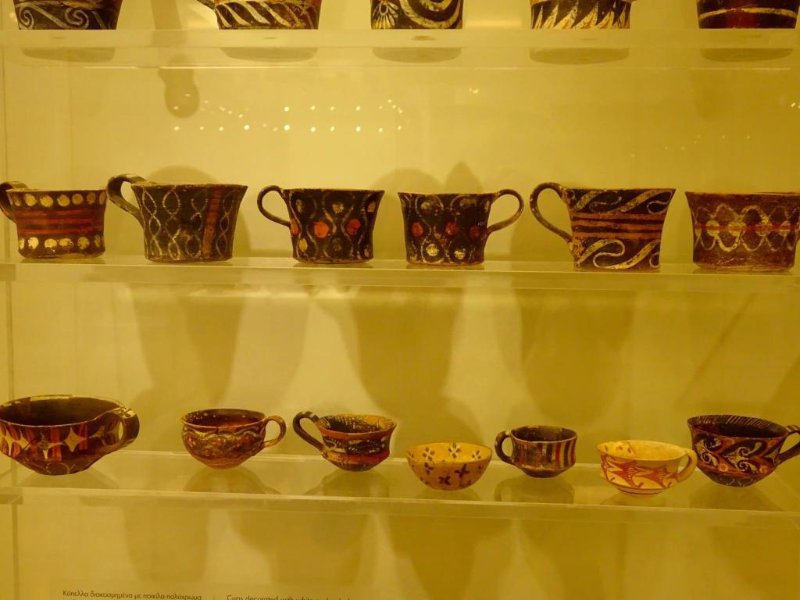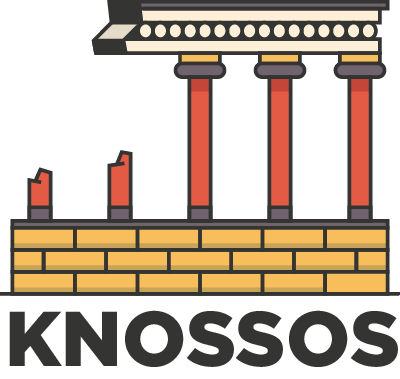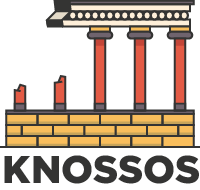Table of Contents
I. Introduction
The Bronze Age witnessed the rise and expansion of the Minoan Civilization, an era defined by far-reaching cultural influence, particularly prominent in the Cycladic islands. This phenomenon, known as Minoanization, marked a significant period in the Aegean’s history, where Minoan cultural, artistic, and architectural traits profoundly reshaped the societies of the Cyclades.
This exploration delves into the depths of Minoanization, tracing its roots, manifestations, and lasting impact on these islands.
II. Tracing the Roots of Minoanization
Minoanization in the Cyclades did not occur in isolation; it was the culmination of the Minoan Civilization’s gradual expansion and influence across the Aegean. Archaeological evidence, including pottery, architectural remnants, and trade artifacts, point to the early signs of Minoan influence in the Cyclades.
This cultural wave was propelled by robust trade relations and the Minoans’ maritime dominance, facilitating the exchange of ideas and practices.
III. Architectural and Urban Influence
The architectural styles and urban planning of the Minoans left a distinctive imprint on the Cyclades. Minoan influences were evident in the layout of Cycladic towns, which began to mirror the complex, multi-storied structures found in Minoan settlements.
Notable examples include the use of central courtyards, light wells, and advanced drainage systems. These architectural innovations illustrate how Minoan urban planning concepts were adopted and adapted by the Cyclades, reshaping their urban landscapes.
IV. Artistic and Cultural Exchange
The artistic impact of the Minoans on the Cyclades was profound and varied. Minoan pottery styles, fresco painting techniques, and religious iconography found their way into Cycladic art and culture. This exchange led to the adoption of Minoan artistic trends, while also allowing for unique adaptations by the Cycladic people.
The integration of Minoan motifs and styles in Cycladic art reflects a deep cultural exchange, blending Minoan aesthetics with local Cycladic traditions.
V. The Cyclades Under Minoan Influence
The depth of Minoanization can be vividly seen in specific Cycladic islands. Thera (modern-day Santorini) and Melos (Phylakopi) serve as quintessential examples. In Thera, the extensive adoption of Minoan architectural styles and artistic motifs is evident, particularly in the frescoes and pottery unearthed at Akrotiri.
Melos, with its strategic location, became a melting pot of Minoan and local Cycladic culture, as seen in the unique styles of pottery and urban design. These case studies highlight not just the influence of Minoan culture, but also the creation of new, hybrid cultures that combined Minoan elements with local traditions.

VI. The Legacy of Minoanization in the Cyclades
The legacy of Minoanization extends beyond the physical remnants of art and architecture. It played a crucial role in shaping the cultural identity and societal evolution of the Cycladic islands.
The Minoan influences contributed significantly to the development of Cycladic civilizations, leaving an imprint that would endure through subsequent periods of Aegean history. The story of Minoanization thus provides invaluable insights into the complex web of cultural interactions in the ancient Mediterranean.
VII. Conclusion
The Minoanization of the Cyclades stands as a testament to the far-reaching influence of the Minoan Civilization across the Aegean. This cultural wave, characterized by the spread of Minoan art, architecture, and societal practices, reshaped the identity and development of the Cycladic islands during the Bronze Age. Through robust trade, maritime prowess, and cultural interactions, the Minoans disseminated their sophisticated way of life, leaving an indelible imprint on the Cyclades.
Understanding the extent and significance of Minoanization is crucial to appreciate the interconnected nature of ancient Mediterranean cultures. It reveals a dynamic period of cultural exchange and adaptation, where the Cyclades absorbed and reinterpreted Minoan influences, giving rise to unique expressions of Aegean civilization. The legacy of Minoanization thus serves as a key to unlocking the complexities of prehistoric Aegean interactions and the evolution of these ancient societies.


